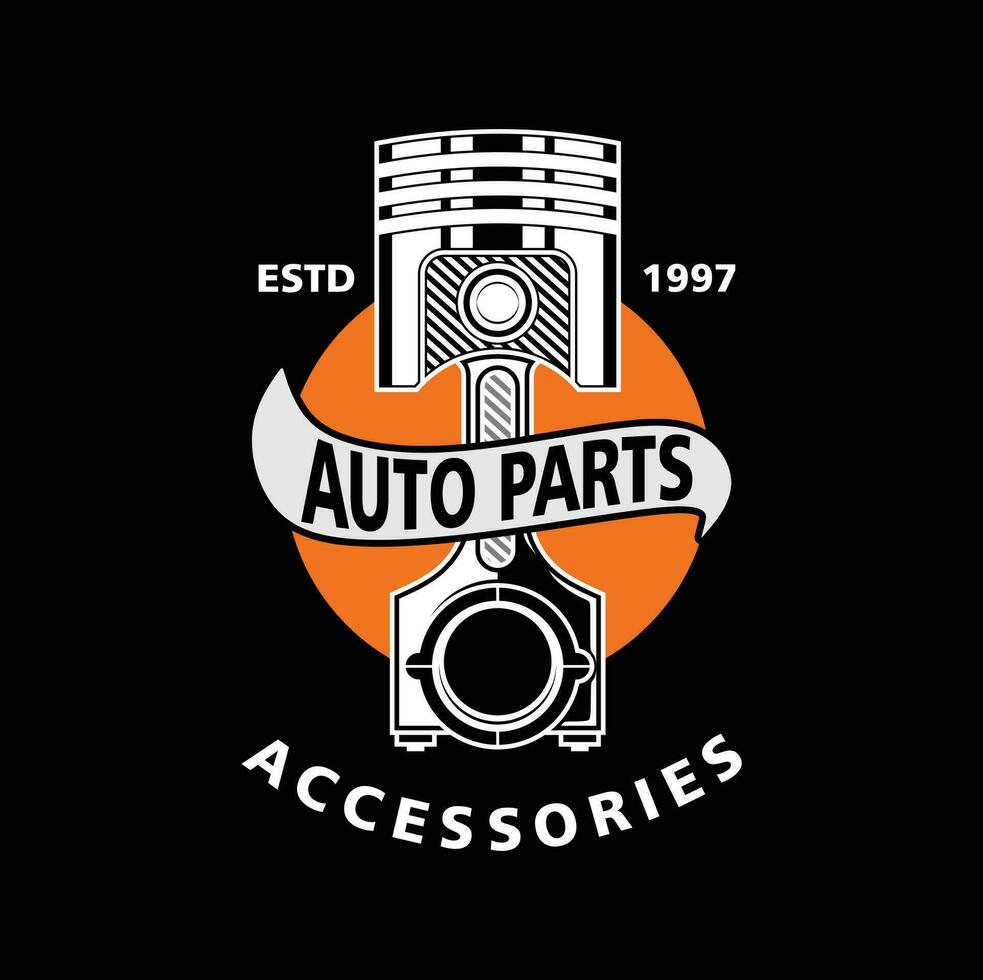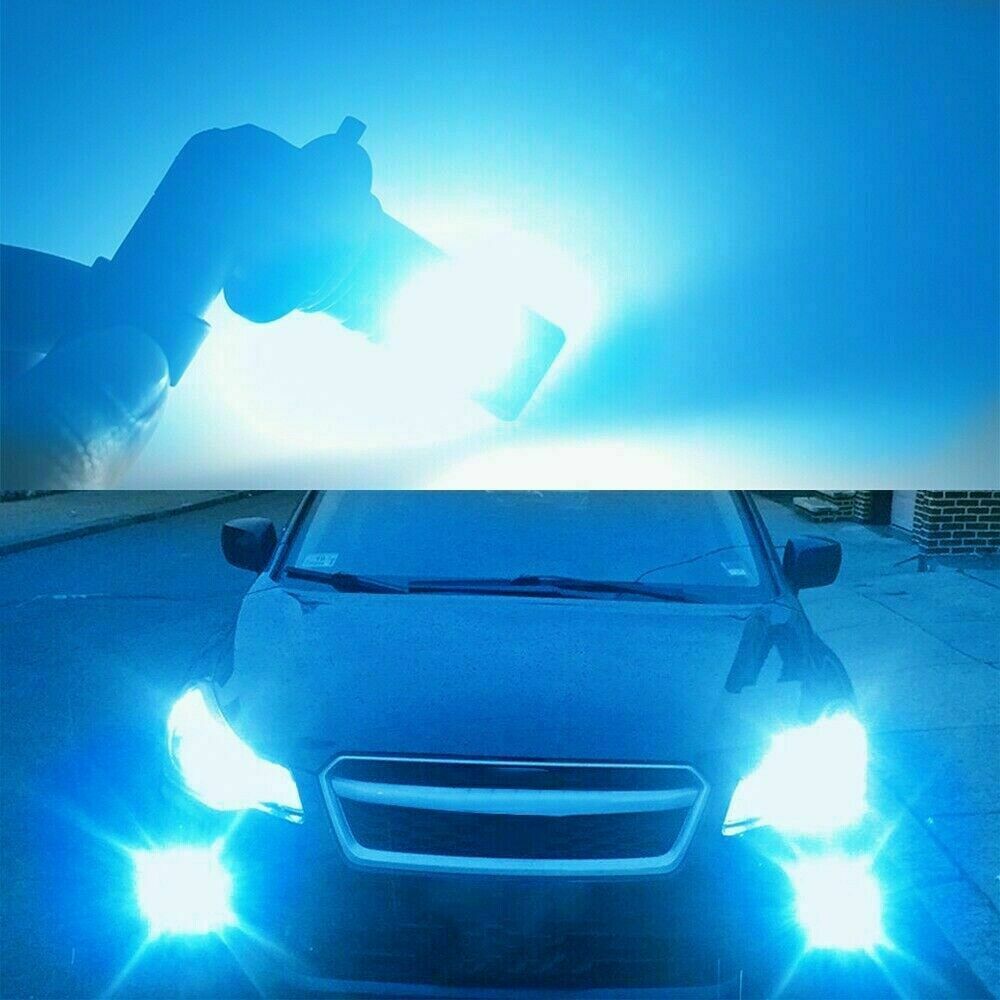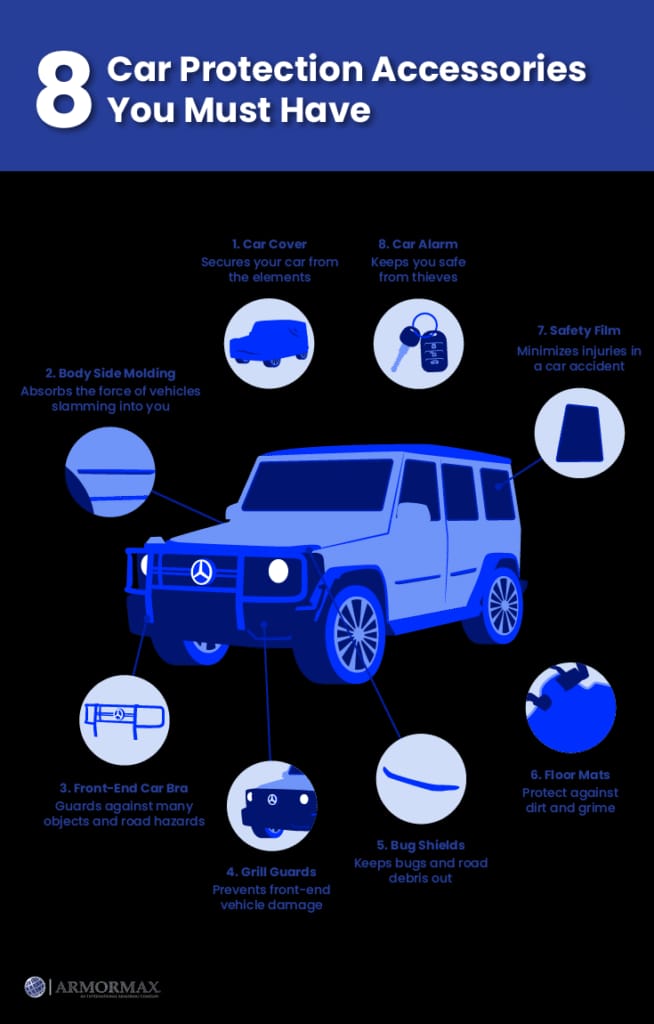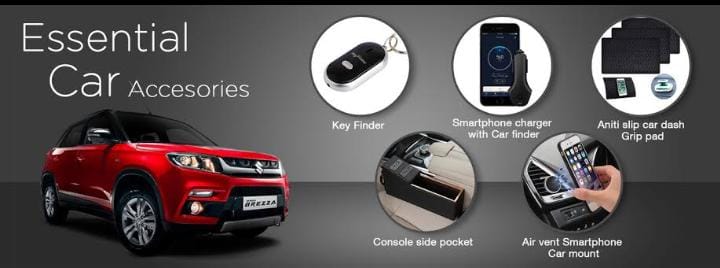Maybe you’re the bad guy in this scenario. Perhaps you’re the recipient of lumens so high you can almost feel your neck cook. Either way, you have to wonder. Are those super-bright LED light bars on that truck legal? Or do they encroach into illegal territory at some point?
It happens all the time. You’re on the highway and a vehicle passes you with lights so bright, they obscure your vision. It moves beyond the question of safety– it begs the question of legality. Well, and understandably so, there are regulations mandating that lights fall within a range of brightness.
Lamps on a motor vehicle cannot exceed 3,000 lumens, per PolicyGenius. While you might object to a federal motor vehicle standard mandating your lights be a certain brightness, there’s reason for the madness. For starters, 3,000 lumens is really, really bright. In security contexts, I’ve used 1,000-lumen lights to temporarily disorient people.
As such, three times that brightness is more than enough to disorient drivers as you pass them. Consequently, automakers are required by U.S. federal law to stay under 3,000 lumens. You might think those lights on that new Lexus RX 350 or Ford F-150 are impossibly bright, but unless they’re modified, they’re likely within legal standards.
Conversely, you may pass a classic car every once in a while with lights so dim, that you ponder its legality. Frankly, there are federally mandated minimum standards for headlight brightness, too. Cars, trucks, SUVs, and other road-legal vehicles are required by federal law to have lights at 500 lumens or brighter.
For most cars, even classic or antique vehicles with old-school halogen lamps, 500 lumens is an easy day. However, by today’s standards, a set of halogen lamps hardly cut it.



